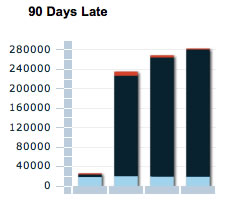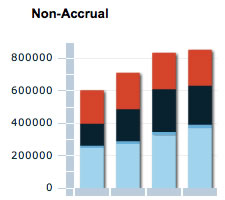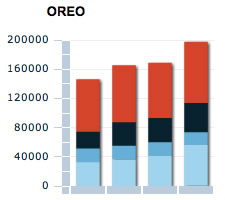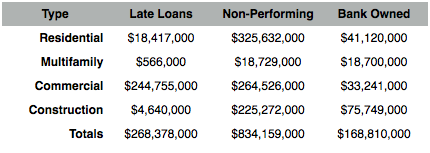According to 2012 data, condominium values in Boston crossed a record high level during the 2nd and 3rd quarter with an overwhelming supply of eager buyers who drove up sales. The median price of condominiums in Boston neighborhoods like the Fenway, Beacon Hill, South Boston, and the North End, rose to approximately $520,000 during the second quarter of 2012 – this figure topped the previous peak set before the financial crisis hit the US.
The price increase contributes to the fact that the housing market within Massachusetts is gradually mending and this is nothing but a positive note for the Boston real estate market. As more and more buyers jump into the Boston condo market, so too is there an increase in mortgage needs.
However, on an unfortunate note, borrowers in Boston run into two common problems when attempting to purchase a condo
- Strict lending standards
- Above average home values
These two aforementioned items beset the prospective buyers as well as Boston condo owners who wish to refinance their existing loans.
Tight Boston Condominium Lending Rules
Mortgage brokers who are involved in the core business of condominium lending, are of the opinion that the biggest reason real estate transactions fall apart is due to financing. Even with pre-approvals, a large down payment, and stellar credit ratings, there are borrowers who are finding it tough to close the deal on a condo mortgage loan.
Both Fannie Mae and Freddie Mac have tightened the condominium borrowing regulations in order to limit “risky lending” that might lead to increased levels of foreclosure. Exuberant condo HOA fees have been shown to cause borrower default.
Unfortunately, the majority of the real estate market in downtown Boston is comprised of condominiums. Single family homes are quite rare in the city center, and are quite costly even if they do exist
Another FHA regulation affecting the condo mortgage lending market, including impacts to projects like W Boston, The 1850, and FP3, states that 72% of the condominium development should be sold or under agreement to people who are planning to occupy the units as a primary residence – the FHA believes that it is a development with this owner mix and structure that will make it successful (financially) in the long run. Further, Private Mortgage Insurance (PMI) companies who previously insured loans of greater than 80% are now asking for a minimum of 10-15% down on loans.
All the aforementioned regulations have restricted the buying power of prospective condominium buyers. Consider your financial outlook before buying a Boston condo so that you don’t make missteps that can boomerang in the long run. Shop various mortgage lenders so as to choose the best loan in the market and a loan with the most competitive rate that best meets your personal situation.











